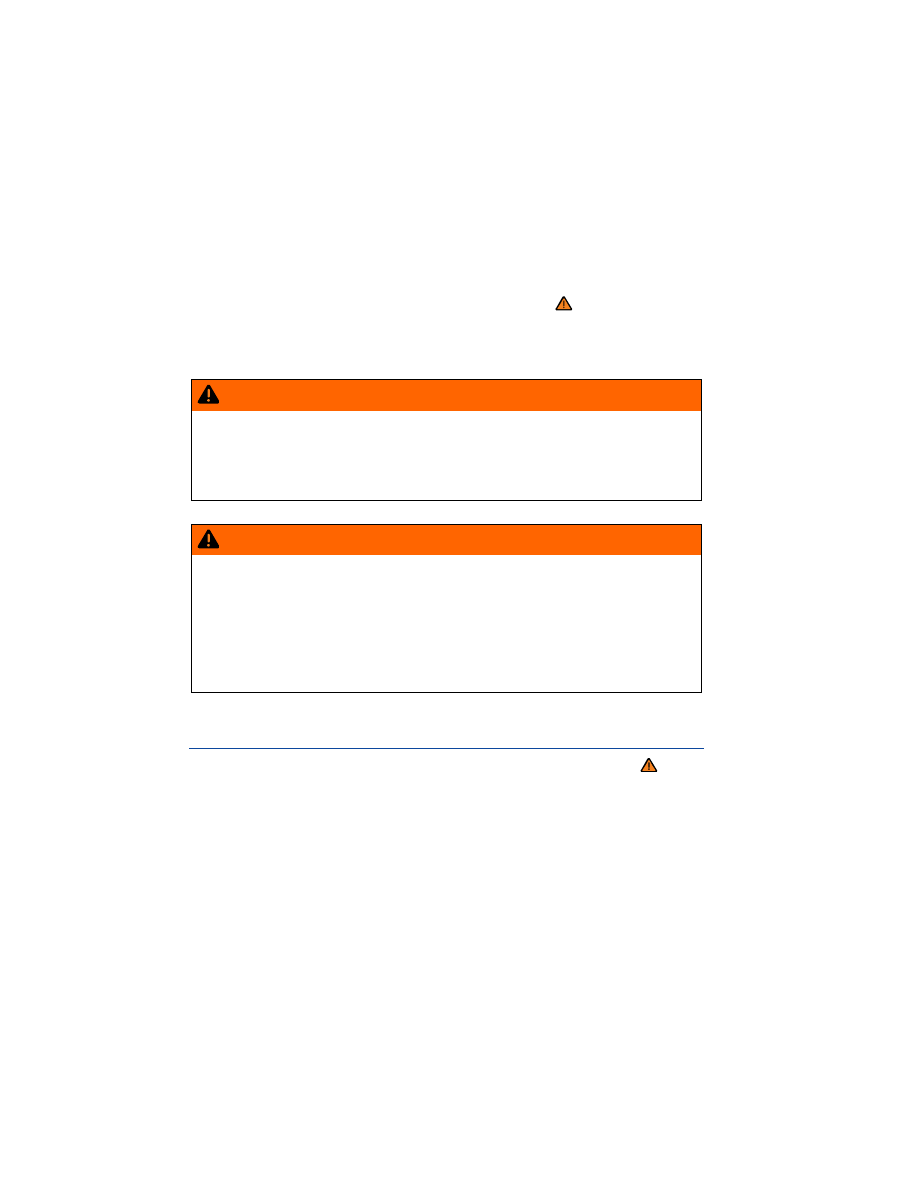Volkswagen e-Golf (2015 year). Manual - part 24

Removing the wheel
Review the checklist
⇒ Preparations for changing a wheel.
Loosen the wheel bolts
⇒ Wheel bolts.
Lift the vehicle
⇒ Lifting the vehicle with the vehicle jack.
Completely unscrew and remove the previously loosened wheel bolts using the hexagonal socket
in the screwdriver handle
⇒
fig. 176
. Place the wheel bolts on a clean surface.
Remove the wheel.
Mounting a spare or compact spare wheel
If the tire is a unidirectional tire, be sure to install it in the proper rolling direction
⇒ Tires and wheels.
Place the spare wheel or compact spare wheel on the axle.
Screw in the wheel bolts clockwise and tighten them slightly using the hexagonal socket in the
screwdriver handle.
Lower the vehicle with the jack.
Use the lug wrench to firmly tighten all wheel bolts (turn clockwise)
⇒
. Do not tighten them in
sequence! Tighten any wheel bolt to begin, then tighten the wheel bolt diagonally opposite the first
bolt, and so forth.
Install the wheel bolt caps, center wheel hubcap, or wheel cover, if any
⇒ Wheel trim.
WARNING
Wheel bolts that are tightened or installed improperly can come loose, causing loss of vehi-
cle control, a crash, and serious personal injury.
Always keep wheel bolts and threads in the wheel hub clean and free of oil and grease.
The wheel bolts must turn easily and must be tightened with the right torque.
Use the hexagonal socket in the screwdriver handle only to turn the wheel bolts when they
are loose, never to loosen them or tighten them firmly.
WARNING
Improper use of a compact spare wheel can cause loss of vehicle control, a crash or other
accident, and serious personal injury.
Never use a compact spare wheel if it is damaged or worn down to the wear indicators.
Never drive faster than 50 mph (80 km/h) with a compact spare wheel. Avoid full-throttle
acceleration, heavy braking, and fast cornering!
Never drive more than 125 miles (200 km) with a compact spare wheel that is installed on
the front axle (drive axle).
Replace the compact spare with a normal wheel and tire as soon as possible. Compact
spare tires are designed for brief use only.
After changing a wheel
Please first read and note the introductory information and heed the WARNINGS
Clean the tools in the vehicle tool kit if necessary and stow them in the foam insert in the luggage
compartment
⇒ Vehicle tool kit.